Introduction to the Subaru 2.5L 4-Cylinder Engine
The Subaru 2.5L 4-cylinder engine is a core component of Subaru’s lineup. It is powerful yet compact, designed to deliver reliable performance. This engine balances power, efficiency, and durability, making it ideal for various driving conditions.
Subaru introduced this engine to meet the demand for versatile vehicles. It has been used across multiple models, proving its versatility. The boxer engine design is a standout feature, ensuring smoother operation and reduced vibration during driving.
This 2.5L engine is known for its horizontally opposed cylinders. The unique configuration improves stability and lowers the vehicle’s center of gravity. With advanced engineering, it has become a cornerstone of Subaru’s reputation for producing reliable cars. The design focuses on efficient fuel consumption while minimizing emissions, meeting modern environmental requirements.
Overall, the Subaru 2.5L 4-cylinder engine is known for its innovation and reliability. It continues to be a popular choice among Subaru owners around the world.
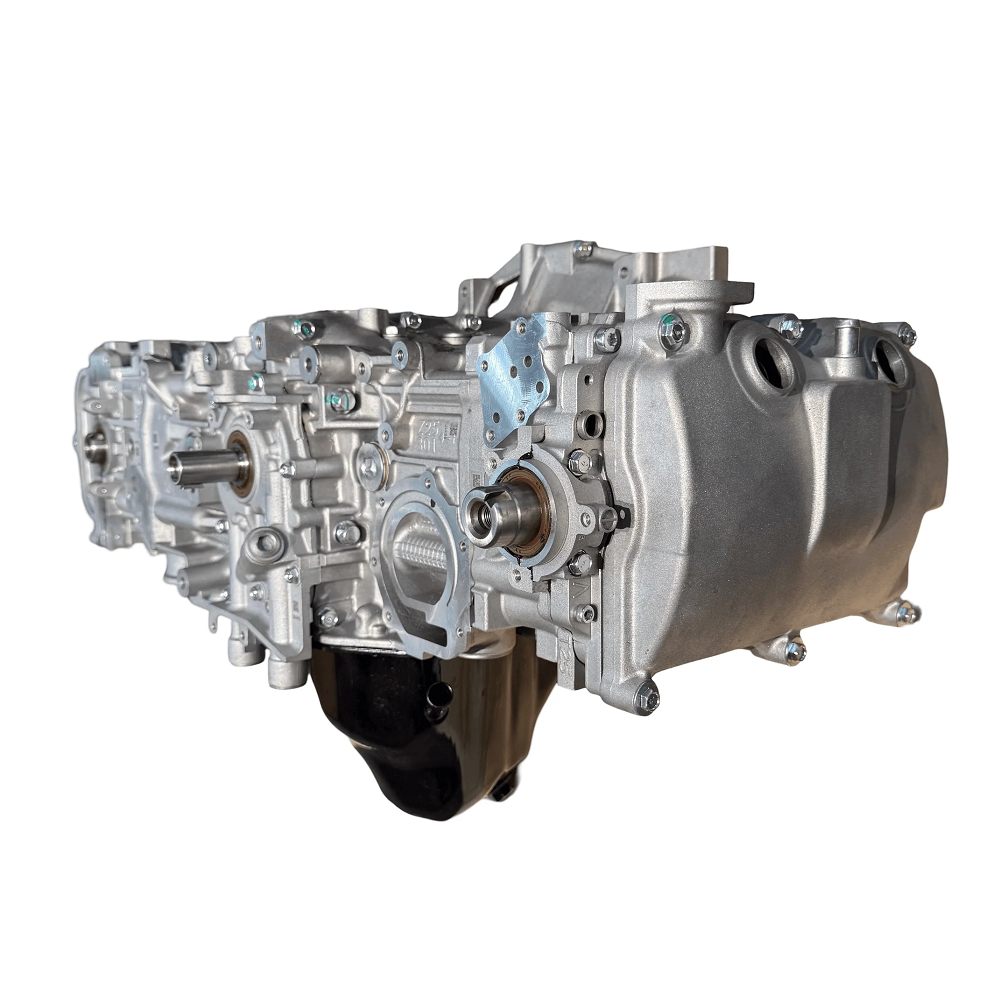
History and Development of the Subaru 2.5L Engine
The Subaru 2.5L engine has an interesting and storied history. It was first introduced in the mid-1990s. This marked Subaru’s commitment to improving performance, efficiency, and reliability in its vehicles.
Initial Launch
Subaru launched the first 2.5L engine to enhance power in its lineup. The engine debuted with the EJ series, a robust and well-engineered platform. This series quickly gained recognition for its durability and innovative boxer design.
Evolution of Design
Over the years, Subaru engineers refined the 2.5L engine. They made improvements to address emissions and fuel efficiency. By integrating modern technologies, the engine became lighter and more efficient while maintaining power. Subaru also improved the cylinder head and combustion system to ensure better performance.
Transition to New Generation Engines
In the 2000s, Subaru introduced the FB series engines. These represented advancements in design compared to the EJ engines. The new FB 2.5L engine delivered enhanced fuel economy and more refined operation. Subaru made the transition to meet automotive industry standards and environmental requirements.
Technologies Incorporated
The 2.5L engine development included features like DOHC (Double Overhead Camshaft). It also incorporated electronic throttle control for improved responsiveness. Advanced materials and manufacturing techniques contributed to the durability and reduced weight.
Legacy and Impact
The Subaru 2.5L engine is integral to the brand’s identity. It has powered numerous models and showcased Subaru’s engineering capability. By evolving over decades, it set a benchmark in reliability and performance. Subaru continues to refine the 2.5L engine to align with modern consumer needs and regulations.
The history of the Subaru 2.5L engine demonstrates the company’s dedication to innovation. Its development laid the foundation for Subaru’s reputation as a maker of dependable vehicles.
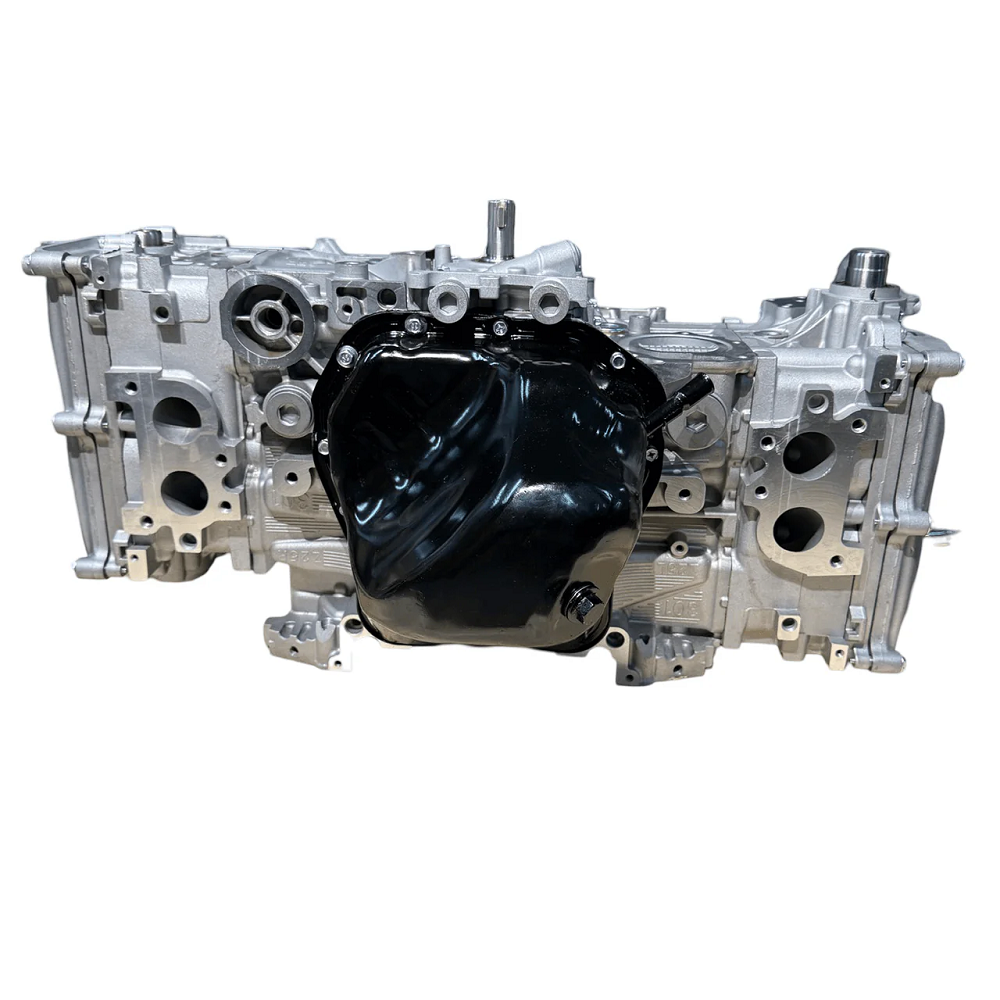
Key Specifications and Features
The Subaru 2.5L 4-cylinder engine stands out for its unique design and advanced features. It is built to deliver reliable and consistent performance for a variety of driving conditions.
Boxer Engine Design
The engine uses a horizontally opposed “boxer” layout. This design improves stability by lowering the vehicle’s center of gravity. It also reduces vibrations, ensuring a smooth driving experience. This configuration is a hallmark of Subaru engines.
Displacement and Power
The engine has a 2.5-liter displacement, offering a good balance of power and efficiency. Depending on the model, the power output ranges between 170 and 305 horsepower. This variation caters to diverse performance needs.
Double Overhead Camshaft (DOHC) System
Subaru’s DOHC system improves fuel combustion and power delivery. It allows for smoother and more efficient operation. This feature enhances the engine’s overall performance.
Fuel Economy
The engine is designed to maximize fuel efficiency without compromising power. Most models achieve around 24-30 miles per gallon. This ensures economical performance for daily commutes and long trips.
Advanced Materials
Subaru uses lightweight yet durable materials to construct the engine. This reduces overall weight, contributing to better fuel economy. These materials also enhance the engine’s lifespan and reliability.
Turbocharging Options
Some versions of the 2.5L engine include a turbocharger. This feature boosts power output and acceleration for performance-oriented drivers. Turbocharged options are popular among enthusiasts.
Emissions Control
The engine includes advanced technologies to meet modern emission standards. Features like the catalytic converter and optimized combustion reduce harmful emissions. This supports Subaru’s commitment to environmental sustainability.
Durability and Longevity
Subaru designed the 2.5L 4-cylinder engine to last for many years. With proper maintenance, it performs reliably and requires minimal repairs. Durable materials and engineering enhancements contribute to its longevity.
Versatility
The 2.5L engine powers a wide range of Subaru models. Its design adapts well to SUVs, sedans, and performance cars. This versatility highlights its importance in Subaru’s lineup.
The Subaru 2.5L 4-cylinder engine delivers dependable power and efficiency. Its advanced features meet both performance demands and environmental standards.
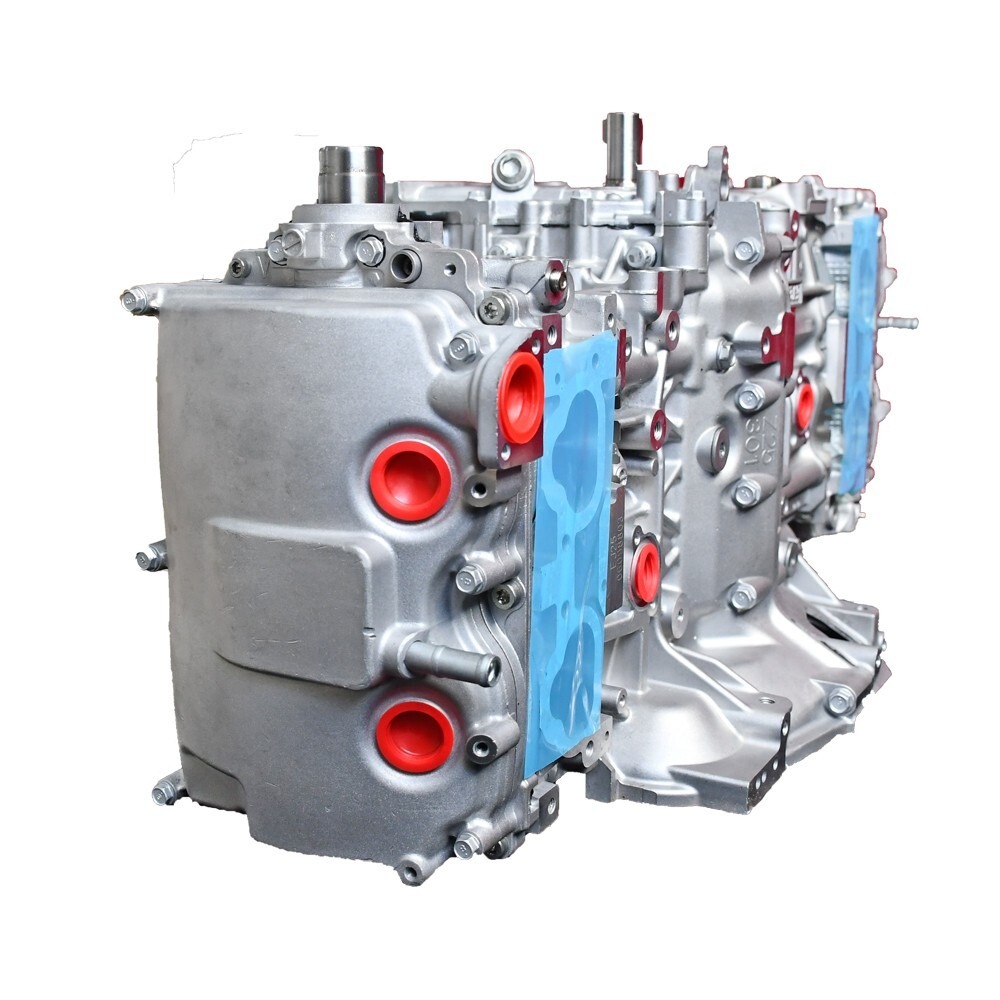
Performance and Efficiency
The Subaru 2.5L 4-cylinder engine delivers an impressive balance of performance and efficiency. It ensures a smooth and powerful driving experience while keeping fuel consumption in control.
Power and Torque
This engine provides sufficient power for various driving needs. Depending on the configuration, it produces between 170 and 305 horsepower. Torque output is robust, allowing for quicker acceleration and better towing capacity. These attributes make it suitable for both city commutes and off-road adventures.
Fuel Efficiency
Fuel economy is a priority for the Subaru 2.5L 4-cylinder engine. Most vehicles with this engine achieve fuel mileage between 24 to 30 mpg. Advanced engineering ensures efficient fuel combustion, optimizing mileage without sacrificing power. This makes it a cost-effective solution for daily and long-distance drives.
Smooth Operation
The horizontally opposed “boxer” design keeps the engine stable. It lowers the vehicle’s center of gravity, improving overall balance. This design also reduces vibrations, offering a quieter and more comfortable ride.
Turbocharged Performance
Turbocharging is available for some versions of the 2.5L engine. Turbocharged models provide enhanced power and acceleration, catering to performance-oriented drivers. The turbocharger adds more excitement for those who demand higher speed.
Environmental Impact
Subaru has engineered its 2.5L engine to meet strict emission regulations. It includes technologies like catalytic converters and optimized fuel combustion systems. These features work to minimize harmful greenhouse gas emissions, promoting eco-friendliness.
Reliability in Performance
The 2.5L engine is designed for durability and consistent performance. Its advanced materials and compact layout contribute to a longer lifespan. Regular maintenance ensures peak performance and fuel efficiency over the years.
The Subaru 2.5L 4-cylinder engine is a blend of power and efficiency. It is perfect for drivers seeking reliability and economical fuel consumption in varying conditions.
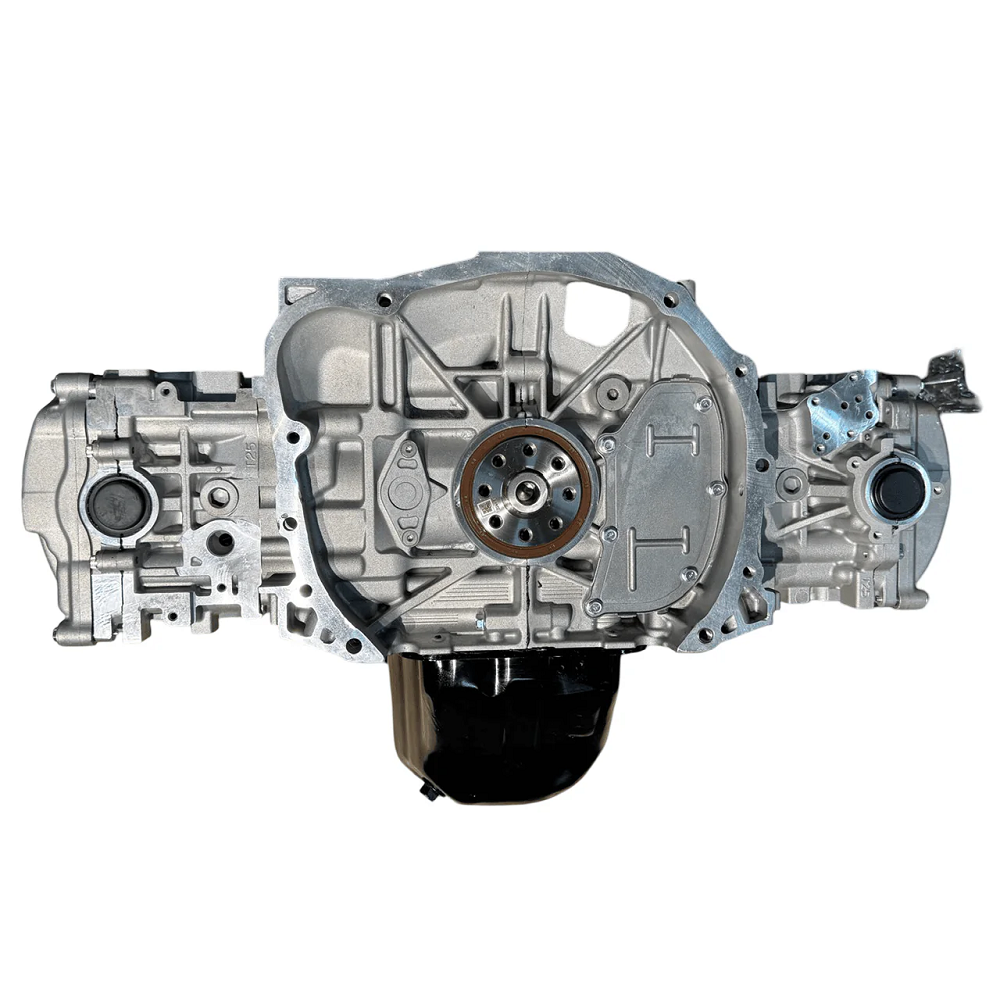
Common Issues and Reliability
The Subaru 2.5L 4-cylinder engine is known for its durability and reliability. However, like any mechanical system, it is not without its issues. Understanding these common problems can help owners address them effectively and ensure the engine’s longevity.
Common Issues
- Head Gasket Leaks: One common issue with Subaru’s 2.5L engine is head gasket failure. Older versions of this engine, especially the EJ series, were prone to this problem. Signs include engine overheating, coolant loss, or oil leaks around the head gasket area.
- Oil Consumption: Excessive oil consumption can also affect certain models. Regularly checking and maintaining oil levels can help prevent severe engine damage.
- Timing Belt Wear: Several Subaru 2.5L engines use timing belts that require periodic replacement. Ignoring this maintenance can lead to catastrophic engine damage if the belt fails.
- Piston Slap: Some owners have reported a knocking or ticking noise, known as piston slap. This is more common in older models and usually occurs during cold starts.
- Cooling System Issues: Problems like radiator or thermostat failure can lead to overheating. Regular checks of the cooling system are crucial.
- Turbocharger Wear: In turbocharged versions of the engine, issues like turbo failure or oil leakage may arise. Proper maintenance and timely oil changes can mitigate these problems.
Reliability and Longevity
Despite these concerns, Subaru has made significant advances to improve the reliability of the 2.5L engine. Modern iterations, like the FB series, feature reinforced components. These updates have addressed many early problems, especially head gasket issues.
Proper maintenance plays a big role in ensuring engine reliability. Routine checks, timely oil changes, and proper use of quality fluids extend the engine’s life. Regular servicing prevents problems and maintains optimal performance.
In conclusion, while the Subaru 2.5L 4-cylinder engine has faced some challenges, it remains reliable with proper care. Subaru’s continuous engineering improvements ensure better performance and durability over the years.
Maintenance Tips for the 2.5L Engine
Proper maintenance ensures the Subaru 2.5L engine performs reliably and lasts longer. Regular care helps avoid costly repairs and keeps the engine running smoothly.
Routine Oil Changes
Change the oil every 3,000 to 5,000 miles or as recommended by Subaru. Use high-quality oil to reduce wear and improve performance.
Check the Coolant System
Inspect the coolant levels and hoses regularly. Flush and replace coolant as recommended in the vehicle manual.
Timing Belt Replacement
Replace the timing belt as per the manufacturer’s guidelines, usually every 60,000 to 100,000 miles.
Address Head Gasket Issues
Monitor for signs of leaks around the head gasket. Early repair can prevent overheating problems.
Inspect the Turbocharger
If equipped, check the turbocharger for oil leaks or performance issues. Regular maintenance extends its life.
Clean or Replace Air Filters
Replace air filters every 15,000 to 30,000 miles. Clean filters enhance engine efficiency and airflow.
Regular Spark Plug Checks
Inspect and replace spark plugs at intervals recommended by Subaru. This ensures optimal combustion.
Monitor Oil Consumption
Keep a close eye on oil levels. Excess consumption can signal internal problems.
Use Quality Fuel
Use high-quality, recommended fuel to improve combustion, reduce deposits, and protect engine parts.
Schedule Professional Inspections
Have a certified mechanic perform periodic inspections. They can identify potential issues early.
Following these maintenance tips helps Subaru’s 2.5L 4-cylinder engine operate efficiently and reliably. Proper care reduces wear and improves the engine’s overall lifespan.
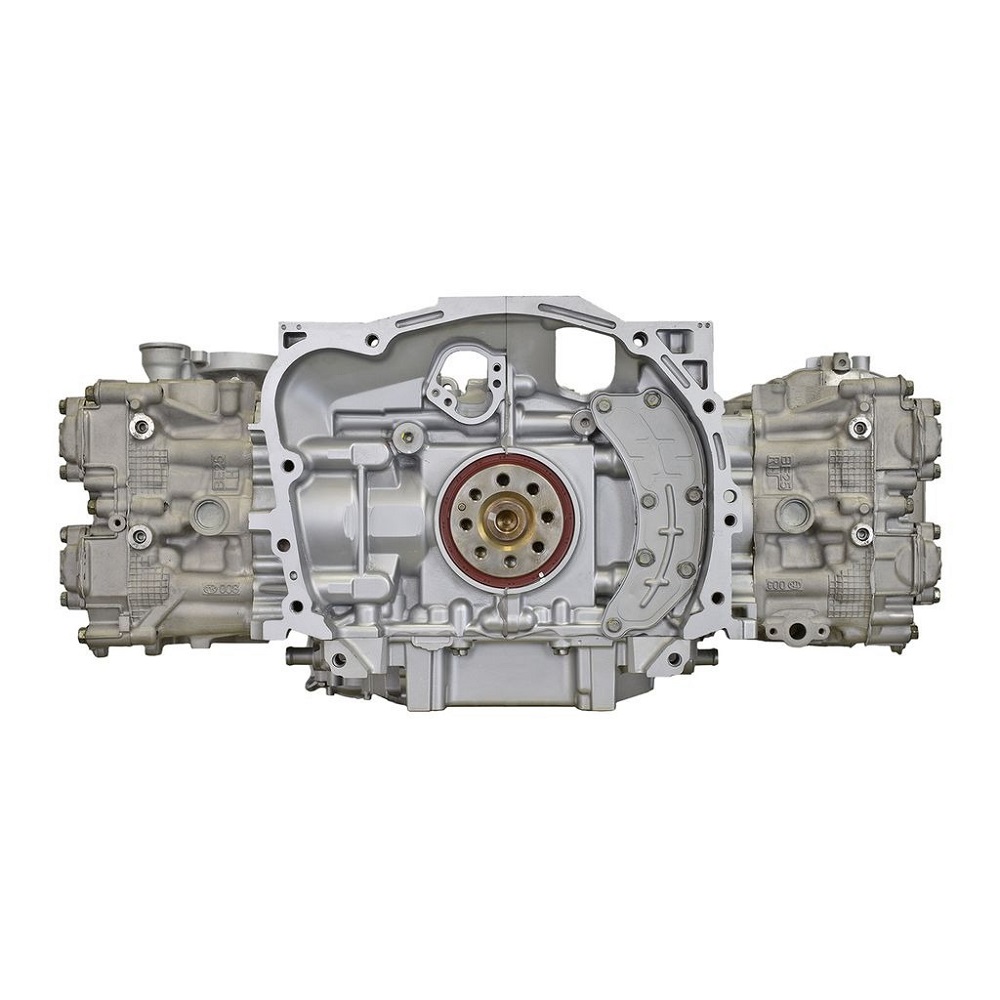
Popular Models Equipped With the 2.5L 4-Cylinder Engine
The Subaru 2.5L 4-cylinder engine has powered many popular models over the years. Its reliability and performance make it a favorite among drivers.
Subaru Outback
The Subaru Outback is one of the most well-known models powered by the 2.5L engine. It offers a great balance of power and fuel efficiency for families and adventurers. The engine contributes to the Outback’s capability on rugged terrains and long-distance journeys.
Subaru Forester
The Subaru Forester is another popular SUV equipped with the 2.5L 4-cylinder engine. This model is widely appreciated for its spacious design, versatility, and off-road capability. The engine enhances its performance, making it a reliable choice for road trips and outdoor enthusiasts.
Subaru Legacy
The Subaru Legacy sedan also benefits from the efficient 2.5L engine. It provides a smooth and stable ride, perfect for city driving and highway cruising. The Legacy’s refined design pairs well with the dependable power of the 2.5L engine.
Subaru Impreza
The compact Subaru Impreza has been powered by the 2.5L engine in selected versions. It offers a sporty driving experience and impressive fuel efficiency. The engine’s performance makes the Impreza a fun and dynamic option for urban and suburban lifestyles.
Subaru Crosstrek
The Subaru Crosstrek is another crossover model that uses the 2.5L 4-cylinder engine in newer generations. Its fuel efficiency and power output are ideal for drivers who want a smaller SUV. The Crosstrek’s durability and the 2.5L engine’s reliability make it a popular choice.
Subaru WRX
For performance enthusiasts, the Subaru WRX with its turbocharged 2.5L engine is a top pick. It delivers thrilling acceleration and sharp handling. This model highlights the engine’s power potential and is a favorite among sports car fans.
Subaru Ascent (Limited Use)
In some cases, Subaru has included the 2.5L engine in select trims of larger vehicles like the Ascent. It provides efficient performance for larger families seeking spacious SUVs.
The Subaru 2.5L 4-cylinder engine has proven its versatility across various vehicle types. From sporty sedans to rugged SUVs, this engine remains a backbone of Subaru’s success. Its combination of efficiency, power, and reliability has made it a staple in Subaru’s lineup.
Comparison With Other Subaru Engine Variants
Subaru EJ Series Engines
The EJ series engines, predecessors to the 2.5L engine, were known for reliability and power. These engines featured the boxer design, which is also present in the modern 2.5L engine. While they offered excellent performance, older EJ engines occasionally suffered from head gasket leaks.
Subaru FB Series Engines
The FB series marked Subaru’s shift towards improving fuel efficiency and reducing emissions. These engines utilize advanced technology, including DOHC and better thermal efficiency. Compared to the EJ series, the FB series engines exhibit smoother operation and higher durability.

Subaru FA Series Engines
The FA series is another evolution in Subaru engine design. These engines focus on smaller displacements with turbocharging for improved power and efficiency. While more compact, they deliver high performance, making them ideal for sporty models like the Subaru BRZ.
Turbocharged Variants vs Naturally Aspirated
Some versions of the Subaru 2.5L engine feature turbocharging for added power and acceleration. Turbocharged models are better suited for performance-oriented vehicles like the Subaru WRX. Naturally aspirated engines, on the other hand, prioritize smooth, efficient operation and reliability.
Comparison Highlights
- Reliability: The 2.5L engine and EJ series engines are known for their durability.
- Performance: Turbocharged engines, including FA and 2.5L turbo variants, offer more power.
- Fuel Economy: FB series engines excel in fuel efficiency compared to older EJ engines.
- Emissions: The FB series leads the way in minimizing harmful emissions.
- Versatility: The 2.5L engine powers diverse Subaru models, including SUVs, sedans, and crossovers.
Subaru’s engine designs evolve to meet changing demands and environmental regulations. The subaru engine 2.5L 4-cylinder strikes a balance between tradition and modernization, backed by proven reliability.

Leave a Reply